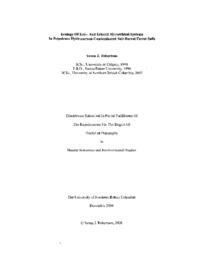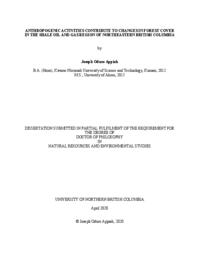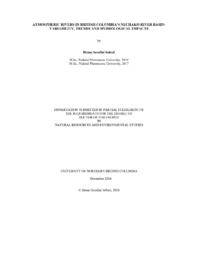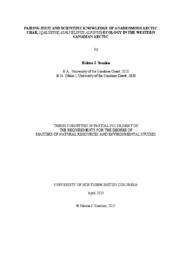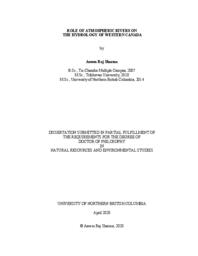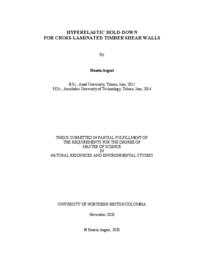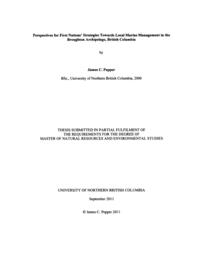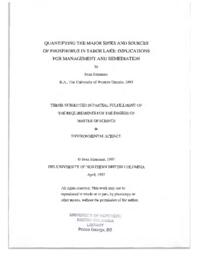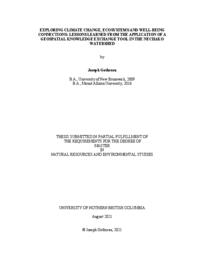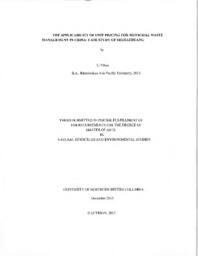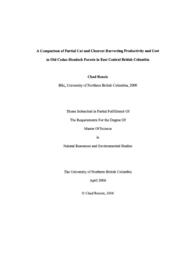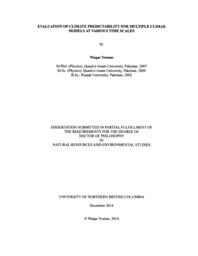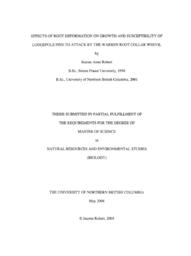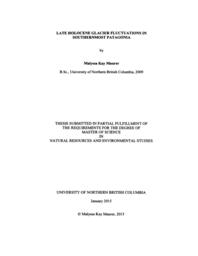Digital Document
The boreal forest ecosystems have been changing due to varying levels of anthropogenic land use processes such as logging, oil and gas activities, and agriculture. However, the cumulative impacts of these processes are likely to lead to a lasting…
Digital Document
Old-growth forest reserves offer the potential to facilitate the maintenance of multiple ecosystem services (ES), such as carbon storage, water and recreation, in managed landscapes. However, substantial challenges exist with regard to defining and…
Digital Document
Industrial land-use has had profound impacts on Indigenous peoples’ homelands throughout Canada. Over the last century, logging practices in British Columbia have severed peoples’ connections to the land-base, creating access challenges and…
Digital Document
Atmospheric rivers (ARs) are synoptic-scale atmospheric phenomena that transport moisture from the (sub)-tropical regions to the mid-latitudes globally. They play a substantial role on water resources of British Columbia and southeastern Alaska (…
Digital Document
Cross-laminated Timber (CLT) is increasingly being used in tall buildings. However, there are some challenges when designing high-rise CLT structures, amongst them the need for novel hold-downs (HD), for shear walls. While commonly used HDs behave…
Digital Document
The Nechako Watershed is a large system in northern BC that exemplifies the challenge of integrating information across climate, environment and well-being. This research responded to this need with the goal of enhancing how information about the…
Digital Document
Digital Document
In the last 40 years, neoliberalism has become the dominant political economy, guiding not only global economies and politics, but also every other aspect of contemporary life, including the management and planning of national parks and equivalent…

